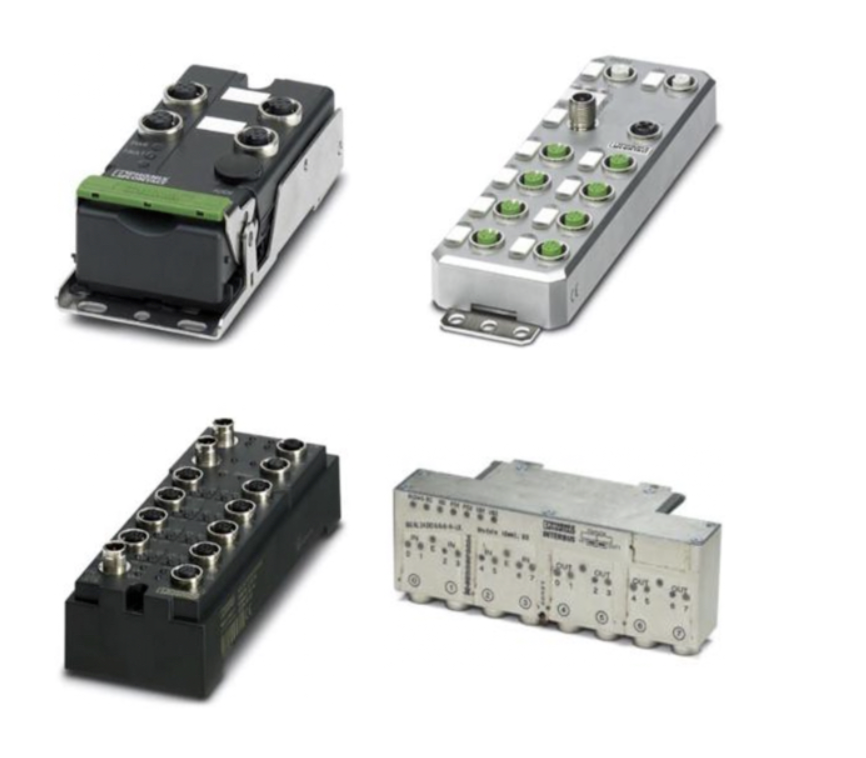Distributed I/O

Distributed I/O systems are modular automation components used to collect digital and analog signals from field devices and transmit them to a central controller over an industrial network. Acting as the interface between sensors, actuators, and control platforms, distributed io enables accurate data acquisition and precise control in demanding industrial environments. Digital signals manage discrete on/off states, while analog signals support variable measurements such as temperature, pressure, level, and flow.
Designed for flexibility and efficiency, distributed io modules are typically mounted on DIN rail or installed inside control cabinets close to field devices. This decentralized architecture reduces wiring length, improves signal integrity, and simplifies system expansion. Many modern systems use industrial Ethernet distributed io to communicate with PLCs and DCS platforms over protocols such as EtherNet/IP, PROFINET, PROFIBUS, and Modbus, supporting faster data exchange and streamlined integration.
Leading automation manufacturers such as Phoenix Contact and Schneider Electric offer robust distributed I/O platforms engineered for reliability, scalability, and long-term industrial performance. These solutions support high-density channel configurations, advanced diagnostics, and technologies like IO-Link, allowing engineers to build adaptable I/O architectures tailored to the specific performance, space, and connectivity requirements of each automation project.
FAQs
Q: What is a distributed io system?
A distributed I/O system is a modular automation solution that uses distributed I/O modules to collect digital and analog input signals from field devices and send output signals from a controller to actuators over an industrial network.
Q: What types of signals do distributed io modules support?
Distributed I/O modules support digital signals, such as on/off states, and analog signals, including 4–20 mA or 0–10 V measurements used for process variables.
Q: What is industrial Ethernet distributed io?
Industrial Ethernet distributed io refers to distributed I/O systems that communicate with controllers over Ethernet-based industrial protocols, enabling high-speed data exchange, improved diagnostics, and simplified network architecture.
Q: How is distributed io different from remote io?
Distributed I/O often includes local processing capability and can support multiple controllers, while remote I/O typically lacks onboard intelligence and depends on a single central controller.
Q: What are the advantages of high-density distributed io modules?
High-density distributed I/O modules allow more input and output channels in a compact form factor, reducing control panel space, wiring requirements, and overall system complexity.
Why Buy Distributed I/O Systems from RSP Supply
RSP Supply offers a comprehensive selection of distributed I/O systems designed for reliable performance in industrial automation environments. Our solutions support modular expansion, multiple signal types, and modern communication standards. Customers rely on RSP Supply for technical expertise, dependable product selection, and distributed I/O solutions that enable efficient, scalable, and robust control system designs.

